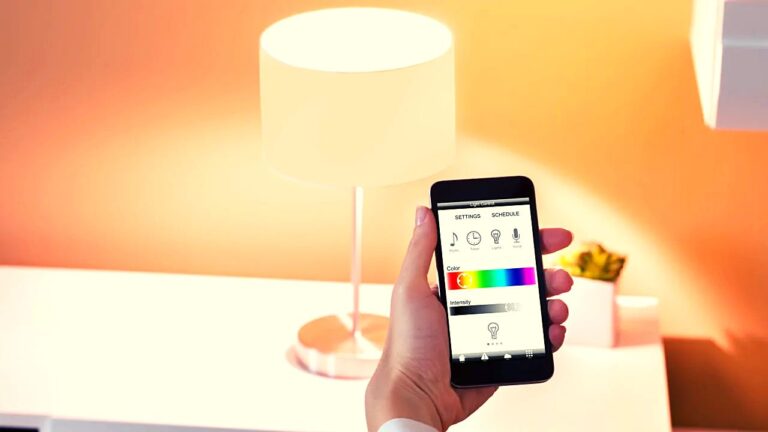Google’s Pixel 10 series of devices is indeed turning out to be an interesting one. Google started off the year with the Pixel 9a that was unveiled with a redesign. The Pixel 9a got its own identity when everyone expected it to appear similar to the Pixel 9 launched last year. Now, reports suggest that changes are coming to the Pixel 10 series as well, with the Pixel 10 set to receive an extra camera. This could indeed improve the sales of the non-Pro Pixel series, which off late don’t seem to offer enough value over the A-series models.
A recent report by Android Headlines and OnLeaks, suggested that the Pixel 10 will offer not two, but three rear-facing cameras. This was a surprise, but Android Authority now seems to have additional details regarding the cameras on both the Pixel 10 and the Pixel 10 Pro models.
The publication states, citing near-official sources, that the Pixel 10 will have a completely new rear camera setup. Along with the usual primary camera (wide) and the ultrawide camera, we will also see a telephoto camera this year. However, the source states that the addition of a telephoto camera has forced Google to downgrade the primary and ultrawide camera sensors to those currently used in the Pixel 9a.
Indeed, it now remains unclear about how badly or well these will perform compared to the Pixel 9. The Pixel 9 offered better (higher-resolution) sensors compared to the watered-down gear from the current A-series. The new telephoto camera is reported to be a 11-megapixel Samsung 3J1 camera module.
As for the Pixel 10 Pro (and Pixel 10 Pro XL), things remain unchanged and identical to the camera gear on the Pixel 9 Pro series. The Pixel 10 Pro Fold, is said to see a slightly improved primary camera and will use the Pixel 9a’s primary camera instead of the Pixel 8a‘s sensor that’s in the current model.
Indeed, adding a telephoto to the standard Pixel series (or the base models) does ensure that the Pixel 9a and the Pixel 10 won’t clash or cannibalise each other’s sales. More recently, Google has turned its Pixel A-series into a premium offering adding more premium features like a high-refresh rate display, an up-to-date processor and more. Such features made the base premium Pixel models feel out of place as the two ended up appearing similar on paper even though they were priced differently.
